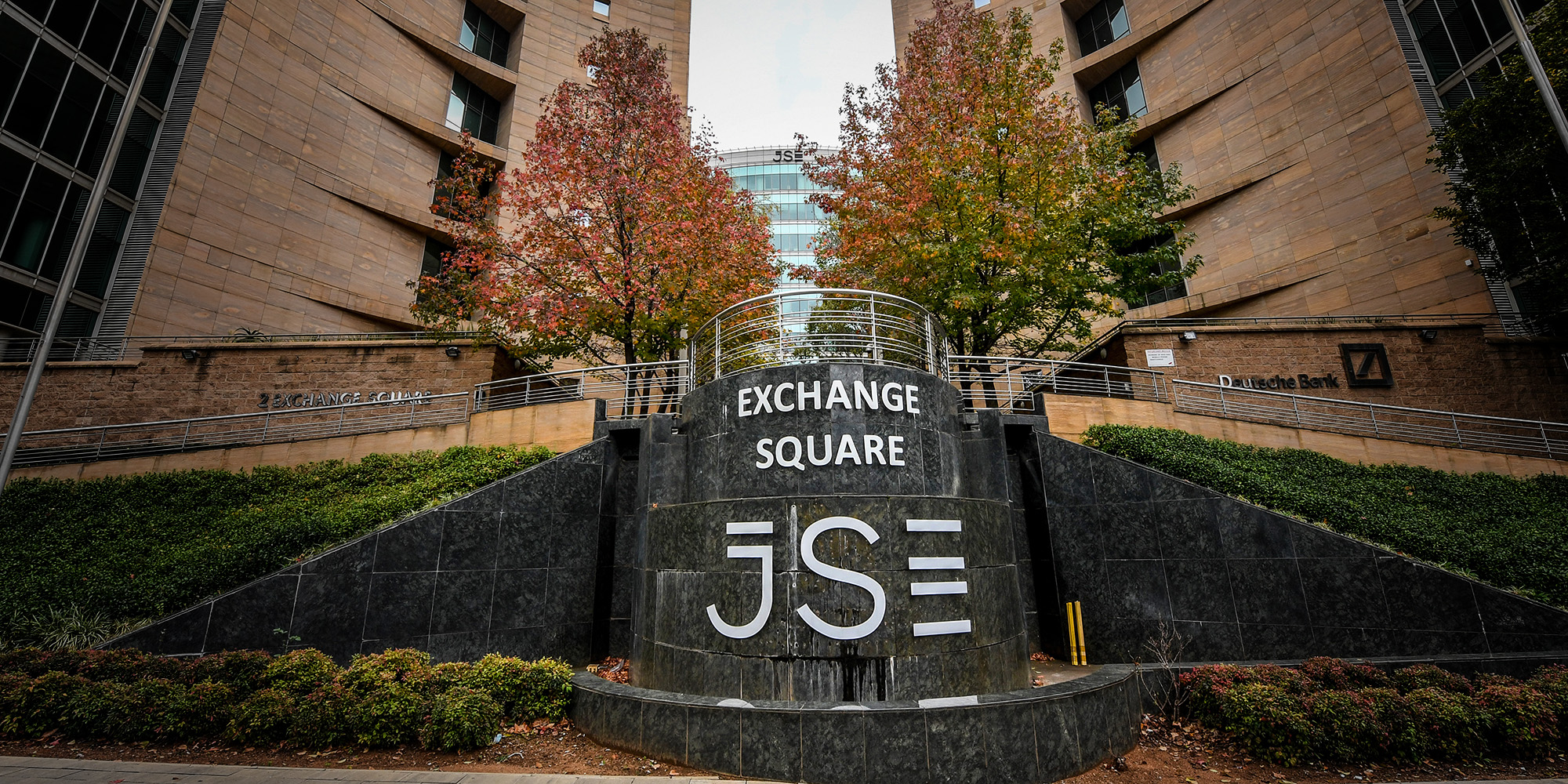The JSE has a problem. I stand under correction, but of the 270-odd listed stocks only about 23 are formally covered by rated analysts at any point.
High-quality equity research and analyst coverage doesn’t come cheap, and whose responsibility it is has always been a grey area in South Africa. The bourses’ primary function is to facilitate trade, so they push back this responsibility to the broker and asset management networks. They, in turn, are being squeezed through low-cost passive products and regulatory costs.
Ultimately, if a business wants to get coverage, it will have to carry the costs – especially if its market cap is less than R5-billion or it falls in the small and mid-cap space.
Investment group Altvest, having initially raised some capital by listing on the Cape Town Stock Exchange (CTSE) and then transitioning to the JSE, shows how hard it is to raise money. Not only did Altvest give shares to two of South Africa’s top business media owners to help promote the offering, but it also had the country’s two original finance bros – Koshiek Karan and Rob Hersov – trying to drive the story.
Read more: New investment platform offers a stake in Kevin Pietersen’s luxury game lodge
Altvest’s initial annual report reflects that it spent R27-million in marketing to raise R50-million on the CTSE. The follow-up Altvest preferential share listings of Umganu Lodge and Bambanani struggled to raise R5-million each. Fundraising is hard work.
Big companies also feel it. The chief executive of WeBuyCars, which was spun off from Transaction Capital, commented in a media interview that he had to look twice at being charged R40-million in advisory fees to place shares with institutional investors.
The ‘finfluencers’ step in
Where there are challenges, someone will try to step into the vacuum. Some analysts, like Keith McLachlan, have tried the paid-for research model, whereby companies pay to be covered and their information shared with retail and institutional investors.
Advisory business Keyter Rech Investor Solutions has explored the “unlock the stock” concept, and for retail investors, the team from FinMeUp invested a lot of time and energy in the production of content, unpacking the investment case for small-cap businesses.
Others have focused their energy on social media. CEOs like Charles Savage of the Purple Group have worked hard on using social platforms to tell the Purple and EasyEquities story. Portfolio managers like Piet Viljoen and David Eborall (on X) and Sean Peche (using LinkedIn) are great examples of investment professionals using social media to share investment thinking.
Activist investors like Albie Cilliers have also successfully stirred the pot on some key transactions, breaking stories through social media engagements.
The energy is good, but there’s still a fine line between sharing price-sensitive information and meeting regulatory compliance. And many of these “finfluencers” will tell you the frustration they experience when they discover that they have been cloned and their fake profiles are promoting crypto, binary options and sharing tips on Telegram channels and WhatsApp groups.
We’re in unusual territory here. It looks like the capital-raising and deal-making environment is entering positive territory, and naturally the executive leadership teams and CEOs are going to want to tell convincing stories. At the same time, less than 10% of our market is being formally covered by rated analysts, and business media in South Africa is decimated.
I don’t think analysts should be donning skimpy outfits, but perhaps we need to look at the 3% of net profit after tax from the enterprise and supplier development funding and ring-fence some of it to enhance equity research capacity in South Africa.
If better-quality research could improve valuations by even 1%, I suspect it would be a higher economic return than putting the money into any “transformation fund”. We need to think a bit laterally about how we feed the investment ecosystem. DM
Marc Ashton is CEO of Decusatio. Previously, he was an award-winning financial journalist and editor.
This story first appeared in our weekly Daily Maverick 168 newspaper, which is available countrywide for R35.






